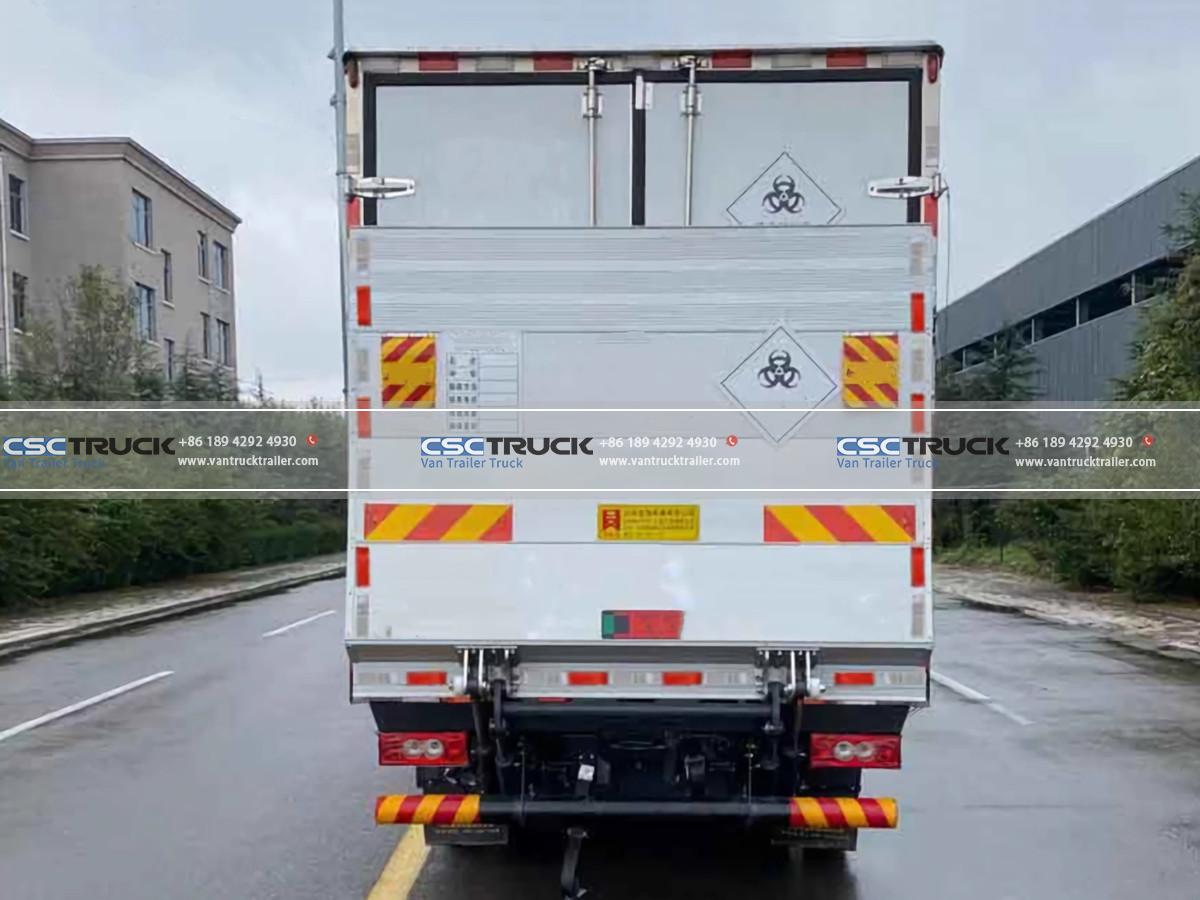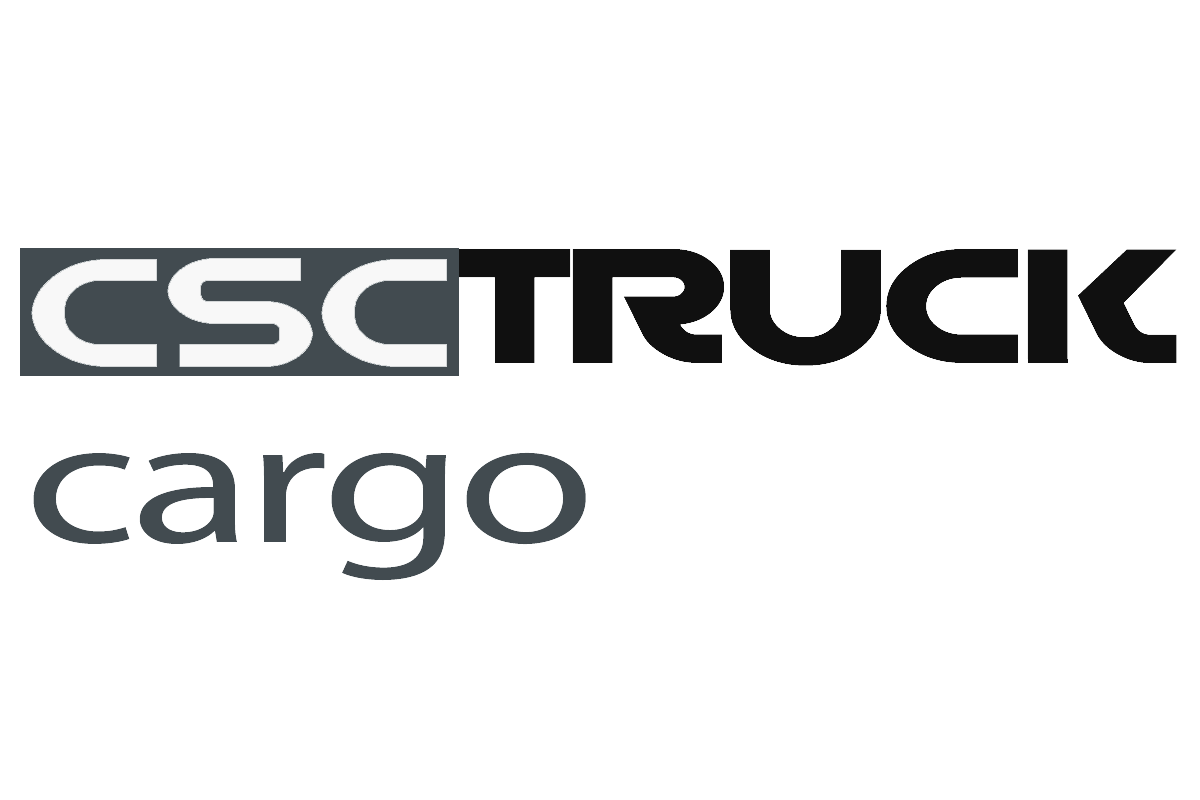Proper handling and disposal of medical waste are critical to public health and environmental protection. Medical waste, which can include everything from used syringes and contaminated gloves to hazardous chemicals and biological materials, poses significant risks if not disposed of safely and in compliance with regulations. In this post, we will explore the key processes and technologies used by medical waste trucks to ensure the safe transportation and disposal of hazardous materials. We will also take a closer look at how the increasing use of Mobile Medical Clinic Trucks contributes to the efficient and safe management of medical waste.
The Role of Medical Waste Trucks in Safe Disposal
Medical waste trucks play a pivotal role in transporting hazardous waste from medical facilities to designated disposal sites. These trucks are specially designed to handle the challenges associated with transporting biohazardous and chemical materials safely. With stringent regulations and protocols in place, these trucks are equipped with a variety of safety features that minimize risks during transportation.
The design and operation of medical waste trucks are governed by regulatory agencies like the Environmental Protection Agency (EPA) and OSHA (Occupational Safety and Health Administration). These regulations mandate specific features that ensure the trucks can securely contain and transport potentially dangerous materials without contamination or exposure to the public.
Key features include sealed containers, temperature control, and heavy-duty cargo compartments that are resistant to leaks and punctures. Additionally, trucks may be equipped with biohazardous waste labels to signal the potential dangers associated with the materials inside.
By adhering to these standards, medical waste trucks reduce the likelihood of spills or accidents that could endanger human health or the environment. Compliance with safety protocols is critical not only for the safe operation of the vehicles but also for the overall efficiency of medical waste management.
Mobile Medical Clinic Trucks and Waste Management
Mobile medical clinics have become an increasingly popular solution for providing healthcare in underserved areas. These Mobile Medical Clinic Trucks are equipped with medical facilities and are often used to provide emergency care, vaccinations, or routine healthcare services in remote locations. However, as these clinics operate, they generate medical waste that must be carefully managed to ensure safety and compliance with waste disposal regulations.
The integration of waste management systems into Mobile Medical Clinic Trucks helps reduce the risk of cross-contamination and contamination of the surrounding environment. These trucks are equipped with waste disposal bins, safety storage containers, and even incinerators for certain hazardous waste materials. Proper waste segregation is essential to make sure that non-hazardous materials do not contaminate those that are more dangerous.
For instance, Mobile Medical Clinic Trucks may separate materials into categories such as sharps waste (used needles), pharmaceutical waste, and general waste, each of which requires a different treatment process. The onboard waste tracking systems can record the type and quantity of materials disposed of, ensuring full accountability and transparency.
The use of Mobile Medical Clinic Trucks in managing hazardous waste contributes to a more efficient healthcare delivery system while maintaining high standards for safety and regulatory compliance.

Specialized Containers for Safe Transport
When it comes to hazardous medical materials, one of the most important aspects of waste management is ensuring the waste is securely contained during transportation. Medical waste trucks rely on specialized containers designed to safely store and transport potentially infectious and toxic materials.
Sharps containers, for example, are used to collect used needles, syringes, and other sharp objects. These containers are puncture-resistant and tightly sealed to prevent any risk of accidental injury or infection. For chemical or pharmaceutical waste, leakproof, tamper-proof containers are used to prevent spills or contamination.
These containers are often made from heavy-duty plastic or metal and come with specific labeling, so it is easy for truck drivers and waste handlers to identify the contents. Many medical waste trucks will have a compartment where these containers are securely stored, preventing any chance of exposure to the materials inside. By having a structured system in place, these containers reduce the risk of spills, leaks, or accidents that might otherwise occur during transportation.
Ensuring that hazardous medical waste is properly segregated and contained from the point of generation to the final disposal site is a key part of maintaining public health and safety. It is for this reason that medical waste trucks adhere to these strict standards of containment.
The Role of Onboard Incinerators in Waste Disposal
An increasingly common feature on some medical waste trucks is the onboard incinerator. Incineration is an effective method for dealing with medical waste that cannot be recycled or safely disposed of in a landfill. Incinerators work by burning waste at high temperatures, which reduces the volume of waste significantly while also sterilizing the materials, ensuring that harmful pathogens are destroyed in the process.
Onboard incinerators allow medical waste to be destroyed on-site, eliminating the need to transport some types of hazardous waste to a disposal facility. The truck’s incinerator operates under strict environmental standards to ensure that harmful emissions, such as toxic gases and particulate matter, are minimized. Advanced filtration and scrubber systems are incorporated to filter out harmful pollutants, ensuring that the environment is not harmed during the incineration process.
The use of incinerators on medical waste trucks is especially beneficial in remote locations or areas with limited access to formal disposal facilities, such as mobile clinics or field hospitals. By handling waste onsite, these trucks can ensure faster and more secure disposal, reducing the logistical challenges associated with transporting waste over long distances.
Compliance with Regulations and Safety Protocols
The handling of hazardous materials is heavily regulated at both federal and state levels. Medical waste management must comply with various regulations set by agencies such as the EPA, OSHA, and local authorities. These regulations are designed to ensure that the materials are disposed of in a way that minimizes risk to public health and the environment.
Medical waste trucks are required to have proper training for their operators, who must understand the handling, transportation, and disposal procedures outlined in these regulations. The trucks themselves must meet specific safety standards to ensure that waste is not exposed to the environment during transit. This can include having spill containment systems, hazardous material labeling, and emergency response kits in case of an accident.
In addition to federal regulations, many states have their own specific rules regarding the handling of biohazardous waste and other hazardous materials. Truck drivers and waste handlers are regularly trained to comply with these regulations and to ensure that all waste is transported according to legal guidelines. Moreover, the trucks themselves are often subject to inspections by regulatory agencies to ensure that they meet the required safety standards.
For Mobile Medical Clinic Trucks, compliance with these regulations is equally critical. Since these trucks are often stationed in less accessible areas, ensuring that all waste is properly contained and disposed of according to local guidelines helps to protect both patients and the surrounding community. Additionally, mobile medical waste management systems make it easier to collect and safely store hazardous materials generated in these temporary clinics.
Safe Final Disposal of Hazardous Materials
Once medical waste has been collected, properly contained, and transported, the final step is its disposal. The ultimate goal of any medical waste truck is to ensure that hazardous materials are disposed of in a way that eliminates any risk to human health or the environment. Typically, medical waste is either incinerated or sent to specialized treatment facilities where it is rendered safe for disposal.
In some cases, waste may be sterilized through autoclaving, a process that uses high-pressure steam to destroy pathogens and reduce waste volume. This process is commonly used for non-sharp, non-hazardous medical waste like bandages or disposable instruments. For other types of hazardous waste, such as pharmaceutical or chemical waste, incineration remains the safest option.
Ultimately, the goal is to ensure that the waste is treated in a way that minimizes harm and complies with both local and federal regulations. Proper final disposal of hazardous materials is an essential step in the medical waste management process that must be executed with care and attention to detail.
The proper handling of medical waste requires a multifaceted approach that includes specialized trucks, secure containers, regulatory compliance, and appropriate disposal methods. As healthcare continues to evolve, the role of Mobile Medical Clinic Trucks and their integration with efficient waste management practices becomes even more crucial in maintaining the safety and health of communities. By using advanced technologies and adhering to stringent regulations, these trucks help ensure that hazardous materials are handled safely from the moment they are generated until they are properly disposed of.

